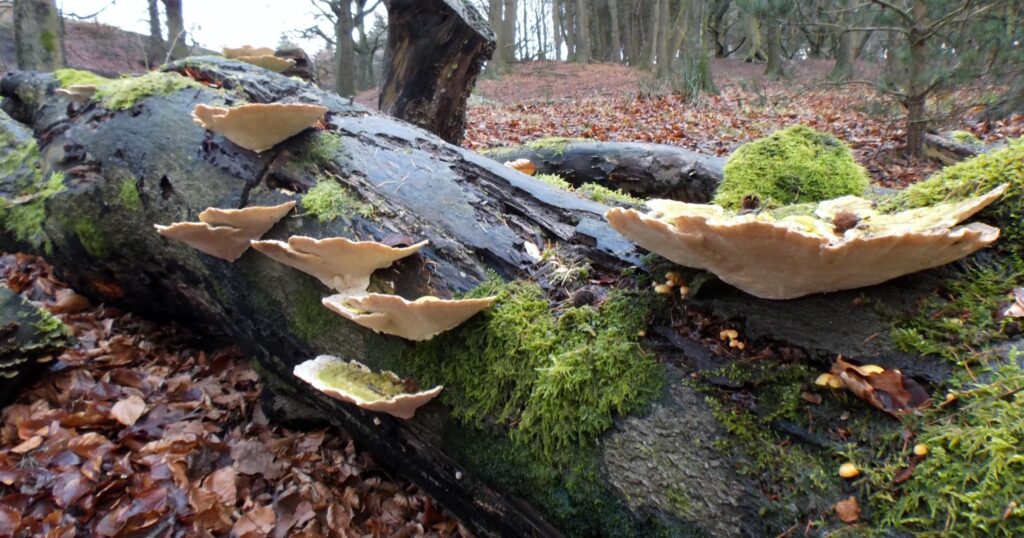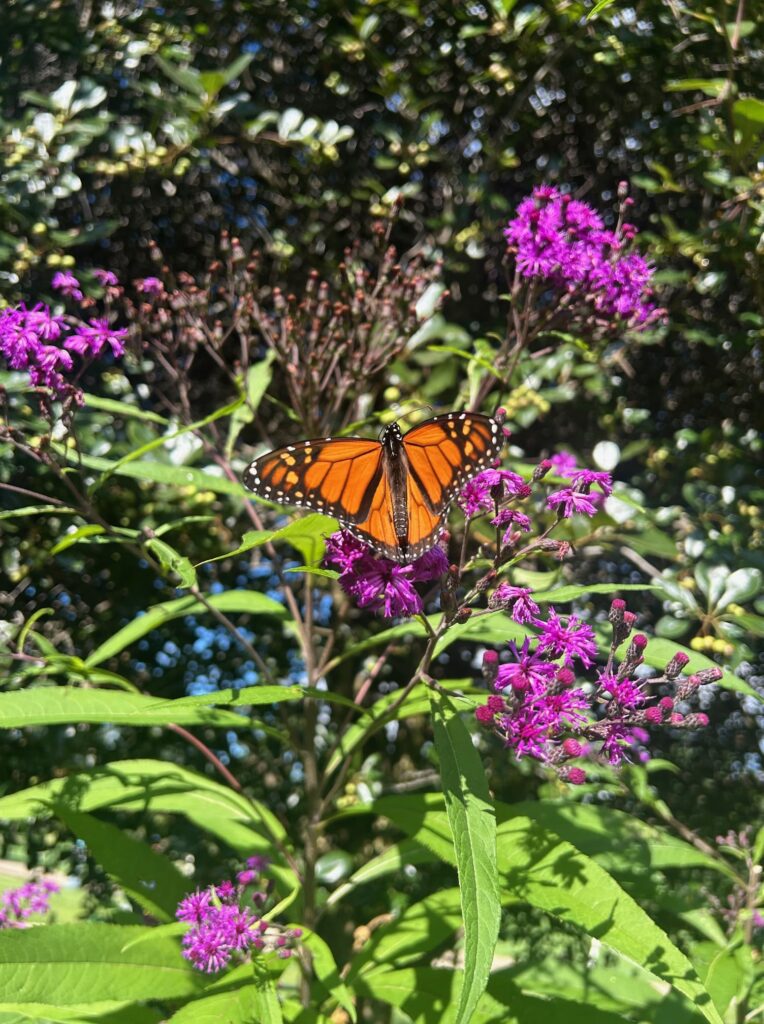There was an overlord of Anga, famed under the name of Romapada. Once he was seated on the banks of the Ganges in the city of Campa when some people reported to him that all the crops of grain were being destroyed by wild elephants. The king reflected: ‘Now what can I do?’
—The Elephant-Sport (Matanga-Lila) of Nilakantha (translated by Edgerton 1931)
Motor Vehicle Inspector (MVI) is an unusual name and an equally inconceivable profession for a 45-year-old wild elephant. Obstructing every truck on the shimmering Joda-Barbil road, in Orissa, the tusker would demand for food by tapping incessantly on the windscreen. He would also brandish his dexterous trunk to raid vehicles for food while his behemothian appearance would inject fear in the minds of even the heftiest of truck drivers. It is not as though MVI had actually hurt anyone. But, behind this display of awe and majesty, there lies a gripping tale of forestland having been eroded from under his feet by humans. And the fate is not MVI’s alone to battle.
Over the last several millennia, people have made steady inroads into the elephants’ natural habitat through agriculture and settlements along river valleys. With their habitats now fragmented, degraded and compressed, these mega-herbivores spills into human settlements thereby setting the stage for highly volatile combat. The ensuing conflict is often characterised by destruction of crop, house or property by elephants, human injury and mortal-ity, and retaliatory killing of elephants by people. On an average, in India, nearly 400 humans are killed annually by elephants while about 100 elephants are killed in retaliation. The Elephant Task Force (ETF), of the Ministry of Environment and Forests, in its report Gajah, calls the resultant stress, suffering and loss “all too real”.
Incidents of crop damage have been occurring ever since man took to agriculture within elephant habitats. One of the earliest references to crop-raiding by elephants could be found in Nilakantha’s Matanga-Lila (The Elephant-Sport), when anguished people report to the king of Anga, Romapada, that all their crops of grain were being destroyed by wild elephants.
Cut to the present day and farmers continue to lose millions of dollars each year in crop-raids, apart from the real risk of losing their lives. A pressing question that arises is “why do elephants raid crops?” For mega-herbivores such as elephants, that have home ranges of the order of anywhere between 100 and 1,000 sq km., as revealed by collaring elephants with radio-transmitters, a fragmented habitat or a severed traditional migration path makes their movement between forest patches inevitable. When they do so, however, they cause extensive damage to the cultivated lands en route.
Moreover, cultivated crops are a concentrated source of forage for the elephants and crops like the succulent finger millet or the sweet sugarcane, are not only highly palatable but they also contain much more protein and other nutrients such as minerals as compared to the coarse, wild grasses. Why should then the elephant settle for plain bread when it has a feast in the form of sweet cakes on offer, and that too all in one place? This follows from Foraging Theory, which states that animals tend to feed in a manner that maximises their nutrient intake in the minimum possible time.
Make no mistake, however. The “marauders” face a risk from hostile farmers who may injure them badly or even kill them. Some elephants persist in their (usually) nocturnal forays as they also have much to gain—a better diet implies a healthier animal that is more likely to live longer and reproduce successfully. This is especially true of bulls that have to be in healthy condition to come successfully in musth and attract the attention of females; in many places the male elephants are thus the more tenacious and frequent raiders. Where the habitat is fragmented the family groups also indulge more and more in raiding cultivated fields as they move from one forest patch to another. Many other factors may also explain crop raiding, including extreme climate events such as a drought that leaves some elephants with no choice but to leave their native habitat and seek greener pastures, or the poorly-understood role of learning in this highly intelligent creature.
On an average, according to Gajah, elephants annually affect crops over an area of 0.8 to 1 million hectares in India, and affect the livelihoods of at least 500,000 cultivators by way of these persistent attacks. The logical question therefore is, why conserve elephants then? Strong ethical, ecological and economic reasons provide the necessary backbone for conserving this majestic animal. The Asian Elephant, being a keystone species of the biologically rich forests of the continent, plays a dominant role in the ecosystem by virtue of its biomass.
Disappearance of this key species implies disruption of ecosystem functioning and perhaps result in the eventual extinction of other species. Moreover, listed as “Endangered” in the IUCN Red List of Mammals, today there are about 27,000 Asian Elephants in the wild in India. Not only are elephants indigenous and iconic to the Asian continent, but they are also revered by the Indian farmers who are normally reluctant to harm them. However, frequent conflicts result in decreased tolerance levels among local community and trigger antagonism towards elephant conservation.
“The reality is that Human-elephant conflict has increased in its intensity and spread over the last two decades,” reads the latest report of the Elephant Task Force. Conflict levels are especially high in the Indian states of West Bengal, Assam, Odisha, Jharkhand and Chattisgarh.
In a bid to understand the nature of this conflict in some of the “hot spots” and help reverse the trend, the Indian institute of Science (IISc) in collaboration with the Norwegian Institute of Nature Research (NINA), has been investigating elephant-human interactions at some of these places. The objectives of this four-year project include building a comprehensive database of conflict hotspots in the country, designing and evaluating mitigation measures, and capturing the attitudes of stakeholders towards the conservation of elephants.
The present research efforts are focussed in the Indian states of Odisha (previously Orissa) and West Bengal, and in the Nilgiri-Eastern Ghats region of southern India. These regions were preferred due to their dissimilarities in rainfall, vegetation, cropping pattern, mitigation measures, intensity of conflict and varying levels of habitat fragmentation.
With a relatively low degree of conflict, the Nilgiri-Eastern Ghats was chosen as the control site or baseline for the project. The northern region of West Bengal, on the other hand, is characterised by a deeply dissected landscape with a perilously high rate of conflict and intensity. Sandwiched between the two extremities and beginning to manifest symptoms of habitat fragmentation is the state of Odisha which is still in a more “primitive” phase of human occupation of forests. With other conflict-prone regions in India falling into one or the other aforementioned categories, it is envisaged that the present investigation could be extrapolated to paint the larger scenario of conflict across the country.
Field biologists undertook ground surveys, including village studies and attitude surveys, in these landscapes. Visits to conflict-ridden villages were made to record data on crop damage, the extent of damage, house and property damages, human injury and death by elephants. Data obtained from compensation records were also utilised in understanding and analysing conflict trends over the last five years.
To understand the people’s perspective better, surveys were also carried out to capture the outlook of forest department staff, farmers and other villagers in the region. Demographic profiles of stakeholders were obtained and their knowledge of elephant-human conflict intensity, its mitigation measures, status of laws and compensation payment rules were recorded.

Increasing fragmentation, increasing conflict
In northern West Bengal, a history of the conversion of forest into tea plantations and agricultural lands, going back to colonial times, has resulted in a much-transformed landscape for elephants. “Increasing fragmentation of forests in northern West Bengal results in increasing levels of conflicts in this region,” explains biologist Mukti Roy. The rise in the ex-gratia payment, made towards crop depredation and human casualty, is a clear index of the overall increasing trend of conflict across the last two decades. Shedding light on the elephant deaths in the state, he adds, “Of the 229 elephant mortality cases reported in the state between 2000 and 2008, 28% died due to conflict-related incidents while 9% perished in train collisions,” as memories of a recent train-hit killing seven elephants gush in. The study has shown that the more fragmented western part of the landscape clearly faces more intense conflict with elephants as compared to the more intact eastern part where the Buxa Tiger Reserve and the Jaldapara Sanctuary are located. A crucial elephant corridor, identified by the research team in the tea gardens linking Buxa and Jaldapara has been the attention of the research team. The idea is to seek possible innovative funding for converting a part of the tea plantation into mixed forest plantation for the elephants using carbon credits under climate change obligations. If this becomes a reality this is expected to provide some relief to these otherwise gentle giants.
Eroding habitats
Odisha presents a somewhat unique situation in that the elephant’s habitat, spread over a large part of the state, is a diffused mosaic of various land uses. In the 43 forest divisions sampled across Odisha between 2006 and 2008, on an average, 69 people were killed every year by wild animals and the elephant was responsible for nearly 74 % of these. Rourkela forest circle appears to be the hotbed of elephant-human conflict in the state. This region, particularly Keonjhar and Sundergarh, accounts for over 50% of the state’s mining areas—an activity that has caused direct destruction of elephant habitats. The highest number of elephant deaths during the sampling period was reported from Keonjhar & Bonai territorial divisions (9 each). Research Scientist, Dr C K Sar, puts forward a striking paradox, “Interestingly, Elephant Reserves which embrace more number of elephants in comparison to other areas of the state show less intensity of conflict, while fragmented habitats like Keonjhar despite harbouring fewer elephants, witness higher number of elephant and human casualties each year.”
A more promising landscape
Speaking about conflict in the Nilgiri-Eastern Ghats landscape, field researcher Govindaraj Kannan says, “The region, besides being large and contiguous, also holds a large percentage of elephant-preferred habitats and a good network of Protected Areas. In spite of harbouring one of Asia’s largest elephant populations, due to these reasons, it reports a relatively low degree of conflict.” On an average, about seven human mortalities and fewer elephant deaths per year were reported from a survey area of approximately 3,000 sq km. Thus, this region is one of the most promising landscapes for the long-term conservation of elephants in the country. It also reinforces the view of scientists that elephants need as intact a home as is possible for them to live in peace with humans.
Attitudes matter
The surveys of people’s attitudes, conducted in Odisha, have revealed that the villagers continue to revere the elephant and have grown to accept the inevitability of some crop damage near forest areas. However, only a small percentage of the respondents were aware of strategies for the conservation of elephants in the state, or for addressing their problems vis-a-vis the elephant. Reflecting on the importance of education in elephant conservation, Dr Sar concludes, “People want to conserve (elephants) but they do not know how to go about doing it. If we can educate these local communities, then they could be the stakeholders of the conservation process.”
Alleviating elephant-human conflict and promoting co-existence
In the Arthashastra or the Science of Statecraft, an ancient Sanskrit treatise, Kautilya prescribes the setting up and guarding of elephant sanctuaries on the periphery of the kingdom to protect the elephants. Nearly 2500 years later, a pressing need has arisen to both conserve the elephant and to minimize its impact on human lives. The ETF recommends a fund allocation of about USD 22 million, nearly one-sixth of the total financial outlay, towards the mitigation of elephant-human conflicts in India’s 12th Five Year Plan. It also proposes the establishment and management often Elephant Landscapes, including those that are being studied under this project, through which it hopes to ameliorate the issue to a large extent.
But solutions that seek to alleviate conflicts and promote peaceful co-existence between elephants and people, should receive adequate participation from the local community. Their motivation, attitude and effort would determine to a considerable degree the effectiveness of the methods employed. This calls for their effective participation in elephant conservation as equal stakeholders in a transparent, democratic manner. Indeed, the Manasollasa, another ancient text that postdates the Arthashastra by over a millennium, clearly prescribes as much.






